By Caro Höfer, Switzerland
Bed bugs come most often at night, preferably to where you stay for a longer period i.e. in bed. They bite us, often several times, and disappear again into cracks or crevices where they are hard to find.
This is where the sniffer dog comes in.
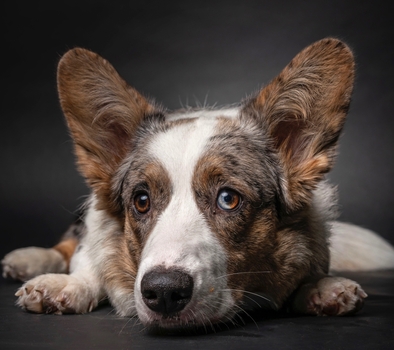
Kitsch (Mal Bagushi Enigma), a Cardigan Corgi from Russia, had only been a few days at our home when, at the tender age of 4 months, I took her along to the first training.
Scent work has the advantage that it is natural for dogs to explore the surroundings with their nose.
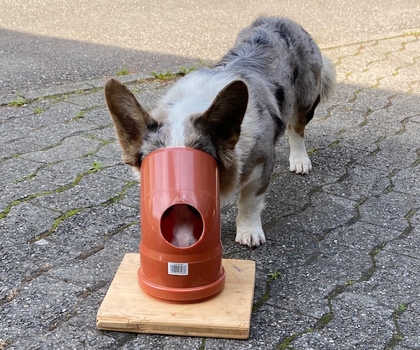
I teach my dogs the identification of the scent and the alert by means of tubes. These tubes consist of three parts. The top one, where the dog sticks his head in, has an additional opening for rewarding the dog with a treat. The bottom one is the container for the scent, in this case the bed bugs, covered with a perforated lid to prevent the dog from getting into physical contact with the bugs.
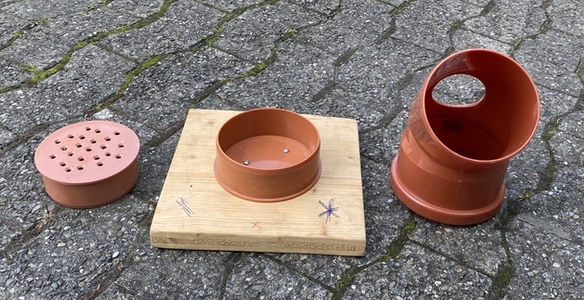
As soon as Kitsch puts her head in the tube with the scent, I use the clicker and give her a treat. (A click means "good girl" and the treat is the reward.)
Gradually the training becomes more difficult. I use several tubes and spread them around the room and then let Kitsch sniff at the different tubes. As soon as she puts her head in the "infested" one, I click. This is how I train her searching manner because she must keep sniffing until she has found the prepared tube.
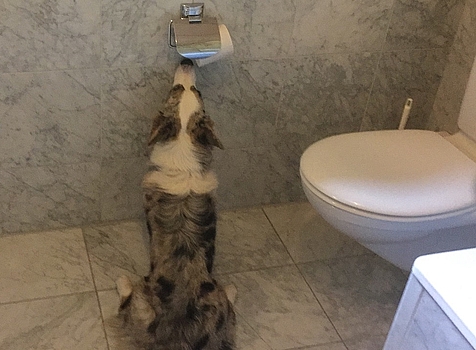
Over time, the training gets more demanding with distractions and in different locations until we can abandon the use of tubes and hide the bugs in furniture or other objects and sometimes even outdoors.
All-important is of course the alert. I prefer a static alert, i.e. Kitsch shall remain motionless on the exact spot where she smells the bugs. After all we don't want her to use her claws and leave the expensive bed with scratches.
Obviously the training takes place with living bed bugs and the dogs may alert nothing else. But don't worry, the bugs are delivered in small tubes. Hence no bed bugs are crawling about our place.
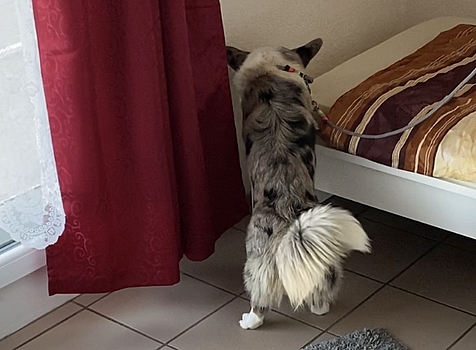
It is of utmost importance that the dog alerts nothing but living bed bugs. Anything else such as moulting remains, faeces and dead bugs the dog may not alert. Why not? Once the control by the exterminator has taken place, we usually wait for three weeks and then let the dog search once more.
Once the control by the exterminator has taken place, we usually let the dog search once more after about three weeks. Of course, there will be dead bugs, but it is essential to ensure that despite the control there are no more living bugs about.
However, before I can carry out any assignments, a lot of regular training is required, combined with motivating and exciting sniffing tasks and, last but not least, lots of goodies. It is the reward that animates the dog to search and, depending on the dog, it can be a toy or a treat.
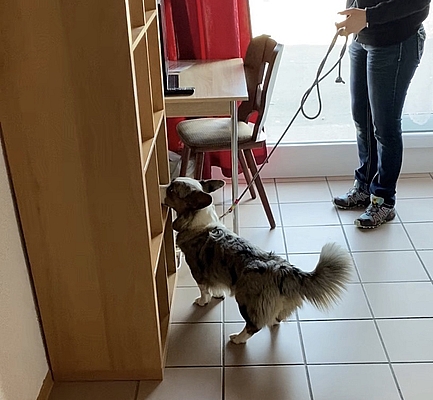
Kitsch responds much more to treats. I always carry a bag stuffed with treats and when I take it out and let her sniff at it, she gets all excited.
But this is how it should be. It should be lots of fun and when it can be combined with something useful, so much the better.
Her small size allows her to search in corners and under furniture and, thanks to her body length, she can also sniff around on higher levels.
Kitsch was certified in January 2020 and is now on the list of https://www.bedbugfoundation.org/. She passed the test with flying colours and I'm extremely proud of her. For recertification, the test has to be passed once a year.
It is really great fun to work with her and I'm looking forward to many more exciting trainings and assignments.
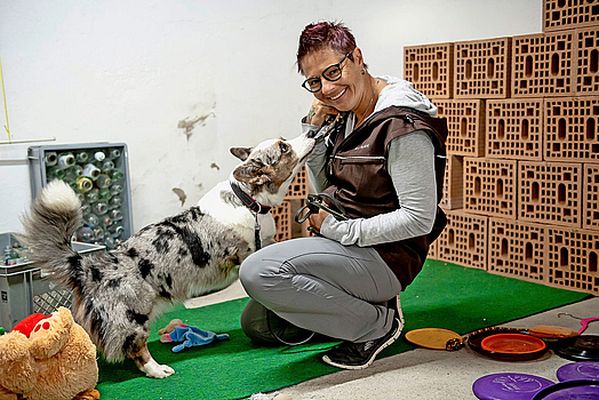
In the cellar, Caro, here with Kitsch, has setup a training room
Photo: Patric Spahni
Sniffer Dogs are on Facebook
05.01.2024
